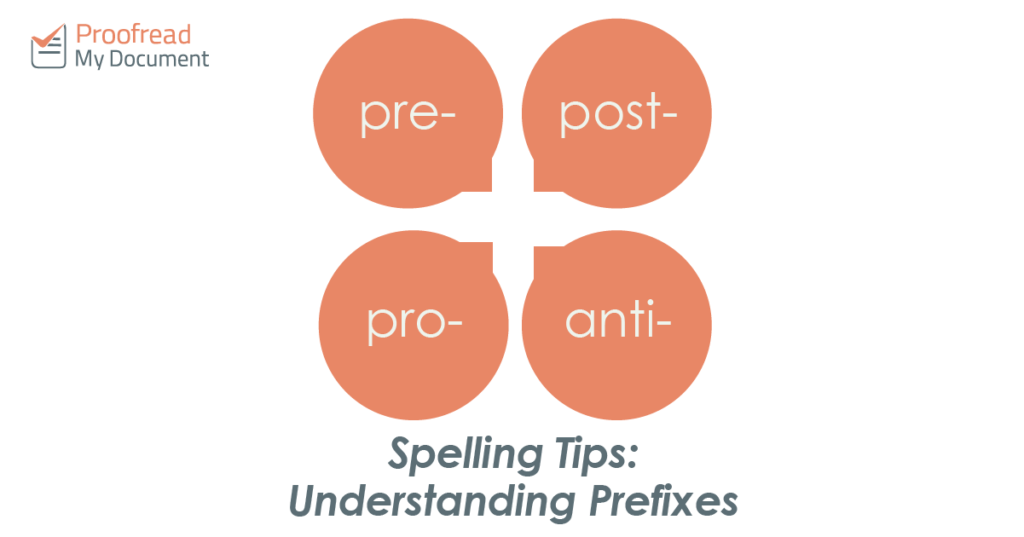Sometimes, you can create a new word by jamming two terms together. And although we’re not as good at this as the Germans, English does have an exciting array of prefixes to choose from.
‘But what are prefixes?’, we hear you ask, ‘And how do they work?’ Let us explain.
What are Prefixes?
A prefix goes at the start of a word to change its meaning. The ‘pre-’ in ‘prefix’, for example, is itself a prefix meaning ‘before’. We can break the word down like this:
Pre (i.e. before) + fix (i.e. attach) = Prefix
Thus, a prefix is a term that we fix to the start of a word to create a new one!
Using Prefixes Correctly
How a word is written is important. Most prefixes simply go before the word you’re adjusting, like in ‘prefix’, but some are hyphenated instead. This is usually when a prefix ends in the same letter as the following word (e.g. ‘re-entry’) or with certain uses of prefixes (e.g. when ‘ex-’ means ‘former’)
Keep in mind, too, that some prefixes have more than one meaning. For instance, although the prefix ‘in-’ usually indicates a negation (e.g. ‘insecure’ as the opposite of ‘secure’), this is not the case in ‘inflammable’.
With this word, the ‘-in’ indicates movement towards. Something ‘inflammable’ may therefore burst ‘into’ flame, so it actually means the same as ‘flammable’. Other words with this alternative ‘in-’ prefix include ‘insert’ and ‘infiltrate’.
Similarly, you can’t simply add any prefix to any word. Adding ‘sub’ to ‘chimney’, for instance, does not mean that ‘sub-chimney’ is automatically a word!

You should therefore check the meaning of any unfamiliar term you plan to use, even if it begins with a familiar prefix. Doing this will help you avoid errors in your written work.
Some Common Examples
We won’t attempt to list every English prefix here, but you will find some of the most common ones in the table below (along with what they usually mean).
|
Prefix |
Meaning |
Example |
|
Anti- |
Against or opposed to |
Antiseptic, antifascist |
|
Auto- |
Self or same |
Automatic, autobiography |
|
De- |
Reverse or reduce |
Devalue, decode |
|
Dis- |
Reverse or negate |
Disown, disappear |
|
En- |
Cause or put in |
Enable, entomb |
|
Ex- |
Out of or former |
Extract, ex-boyfriend |
|
Il-, Im-, In- or Ir- |
Not or negate |
Illegal, immobile, insufficient, irresponsible |
|
Mis- |
Incorrect |
Mismatch, misspell |
|
Post- |
After, behind |
Postscript, postmodern |
|
Pre- |
Before |
Prepare, predict |
|
Pro- |
In favour of or promoting |
Proactive, pro-democracy |
|
Re- |
Repeat or restore |
Reappear, rewrite |
|
Sub- |
Below or less than |
Submarine, subpar |
|
Trans- |
Across |
Transatlantic, transgender |
|
Un- |
Reverse or negate |
Unhappy, undo |
Find this useful?
Subscribe to our newsletter and get writing tips from our editors straight to your inbox.



